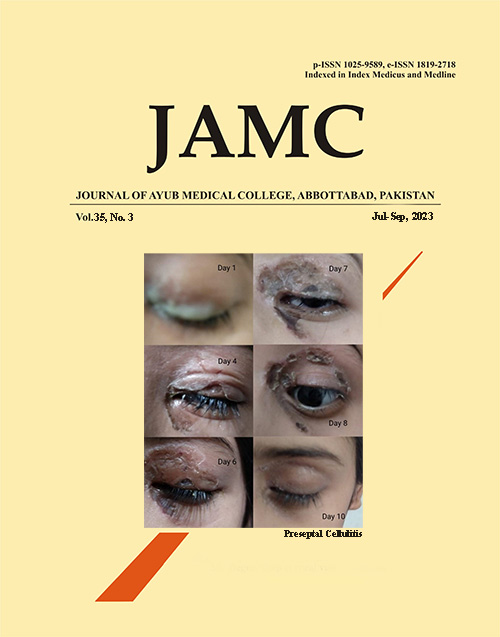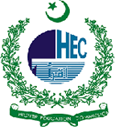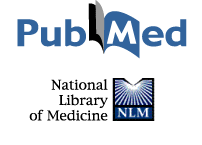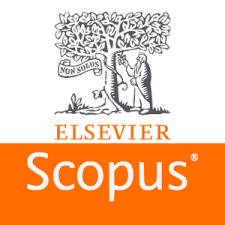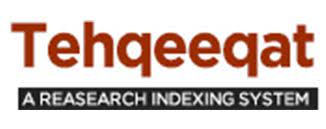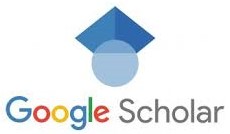TO DETERMINE THE FREQUENCY OF ALDEHYDE DEHYDROGENASE TYPE 2 (ALDH2) DEFICIENCY IN APLASTIC ANAEMIA: A SINGLE CENTER EXPERIENCE FROM PAKISTAN
DOI:
https://doi.org/10.55519/JAMC-03-12025Keywords:
Aplastic anemia, Fanconi anemia, Aldehyde Dehydrogenase type 2 (ALDH2), Hemopoeitic stem cell transplantAbstract
Background: Aplastic anaemia is a rare bone marrow failure syndrome and is defined by pancytopenia associated with a hypo-cellular bone marrow with no increase in reticulin and in the absence of any abnormal infiltrate. The objective of the study was to determine the frequency of Aldehyde Dehydrogenase type 2 (ALDH2) deficiency in patients with Aplastic Anaemia and investigate its correlation with patient and disease characteristics. It was a descriptive cross-sectional study conducted at Armed Forces Bone Marrow Transplant Centre Rawalpindi from 01-08-2022-01-02-2023, over a period of 6 months. Methods: A total of 56 patients who were diagnosed with aplastic anaemia during this period, fulfilling inclusion criteria were enrolled. Patients were genotyped as GG (homozygous) and GA (heterozygous). GG had normal ALDH2, while GA were patients with ALDH2 deficiency. Data was collected on the patient's demographics, type and severity of anaemia, type of hematopoietic stem cell transplant (HSCT) and frequency of ALDH2 deficiency. Results were analyzed for ALDH2 deficiency and its correlation with patient and disease characteristics was investigated. Results: A total of 56 patients were included in the study. The median age of the patients was 28 years (20-39). According to the type of aplastic anaemia, 2 (3.6%) had Fanconi anaemia and 54 (96.4%) had acquired aplastic anaemia. In our study, 18 (32.1%) patients had undergone HSCT while the remaining 38 (67.9%) could not undergo HSCT. The frequency of the presence of ALDH2 deficiency was 2 (3.6%). There was no statistically significant correlation between the frequency of ALDH2 deficiency with variables like gender, age distribution, type of aplastic anaemia, the severity of aplastic anaemia and hematopoietic stem cell transplant. Conclusion: We concluded from our study the frequency of ALDH2 was rare in patients with aplastic anaemia. There was no statistically significant co-relation between the frequency of ALDH2 deficiency with variables like gender, age distribution, type of aplastic anaemia, the severity of aplastic anaemia and hematopoietic stem cell transplant.
References
Hoffbrand AV. Steensma DP. Hoffbrand's essential haematology. 7th edition. John Wiley & Sons: 2019.
Van Wassenhove LD. Mochly-Rosen D, Weinberg KI. Aldehyde dehydrogenase 2 in aplastic anaemia, Fanconi anaemia and hematopoietic stem cells. Mol Genet Metab 2016:119(1-2):28-36.
Matsumura Y, Li N, Alwaseem H, Pagovich OE, Crystal RG, Greenblatt MB, et al. Systemic Adeno-Associated virus-Mediated Gene Therapy Prevents the Multiorgan Disorders Associated with Aldehyde Dehydrogenase 2 Deficiency and chronic Ethanol lngestion. Hum Gene Ther 2020;13(3-4):l63-82.
Gross ER, Zambelli VO, Small BA, Ferreira JC', Chen CH, Mochly-Rosen D. A personalized medicine approach for Asian Americans with the aldehyde dehydrogenase 2*2 variant. Ann Rev Pharmacol Toxicol 20l5:55:107-27.
Taj M, Shah T, Aslam SK, Zaheer S, Nawab F, Shaheen S, et al. Environmental determinants of aplastic anaemia in Pakistan: a case-control study. Am J Public Health 2016;24(5):453-60.
Ahmed P, Chaudhry QU, Satti TM, Mahmood SK, Ghafoor T, Shahbaz N, et al. Epidemiology of aplastic anaemia: a study of 1324 cases. Hematology 2020;25(1):48-54.
Syed MA, Atta Ur Rahman A, Shah Syed MN, Memon NM. The Relationship of Drug Therapy to Aplastic Anaemia in Pakistan: A Hospital-Based Case Control Study. Ther Clin Risk Manag 2021;17:903-8.
Akram Z, Ahmed P, Kajigaya S, Satti TM, Satti HS, Chaudhary QUN, et al. Epidemiological, clinical and genetic characterization of aplastic anaemia patients in Pakistan. Ann Hematol 2019;98(2):301-12.
Hira A, Yabe H, Yoshida K, Okuno Y, Shiraishi Y, Chiba K, et al. Variant ALDH2 is associated with accelerated progression of bone marrow failure in Japanese Fanconi anaemia patients. Am J Hematol 20l3:122(l8):3206-9.
Kawashinra N, Narita A, Wang X, Xu Y, Sakaguchi H, Doisaki S, et al. Aldehyde dehydrogenase Ll2 polymorphism contributes to the progression of bone marrow failure in children with idiopathic aplastic canaemia. Br J Haematol 20l5;168(3):460-3.
Downloads
Published
How to Cite
Issue
Section
License
Copyright (c) 2023 Noor Shamim, Mehreen Ali Khan, Raheel Iftikhar, Zaineb Akram, Hina Jamshaid, Jahanzeb Rehman, Qamar un Nisa Chaudhry, Tariq Ghafoor

This work is licensed under a Creative Commons Attribution-NoDerivatives 4.0 International License.
Journal of Ayub Medical College, Abbottabad is an OPEN ACCESS JOURNAL which means that all content is FREELY available without charge to all users whether registered with the journal or not. The work published by J Ayub Med Coll Abbottabad is licensed and distributed under the creative commons License CC BY ND Attribution-NoDerivs. Material printed in this journal is OPEN to access, and are FREE for use in academic and research work with proper citation. J Ayub Med Coll Abbottabad accepts only original material for publication with the understanding that except for abstracts, no part of the data has been published or will be submitted for publication elsewhere before appearing in J Ayub Med Coll Abbottabad. The Editorial Board of J Ayub Med Coll Abbottabad makes every effort to ensure the accuracy and authenticity of material printed in J Ayub Med Coll Abbottabad. However, conclusions and statements expressed are views of the authors and do not reflect the opinion/policy of J Ayub Med Coll Abbottabad or the Editorial Board.
USERS are allowed to read, download, copy, distribute, print, search, or link to the full texts of the articles, or use them for any other lawful purpose, without asking prior permission from the publisher or the author. This is in accordance with the BOAI definition of open access.
AUTHORS retain the rights of free downloading/unlimited e-print of full text and sharing/disseminating the article without any restriction, by any means including twitter, scholarly collaboration networks such as ResearchGate, Academia.eu, and social media sites such as Twitter, LinkedIn, Google Scholar and any other professional or academic networking site.

